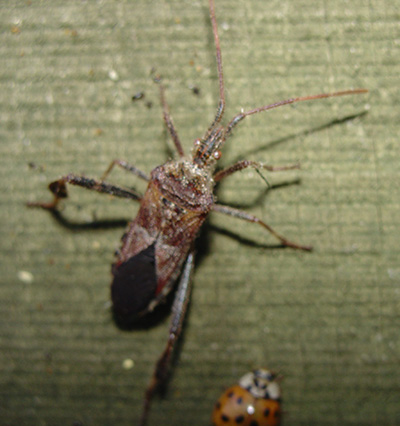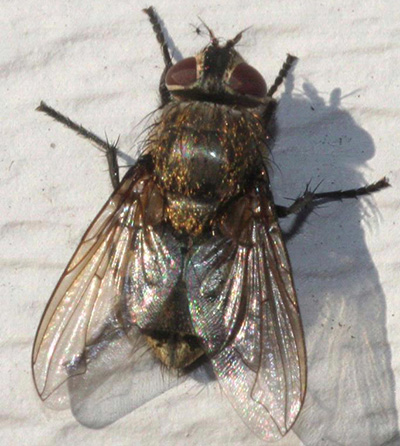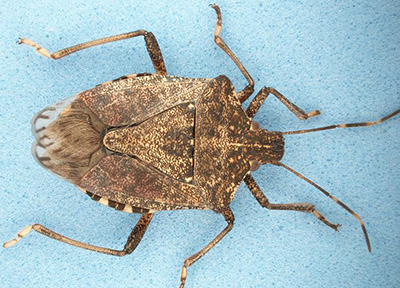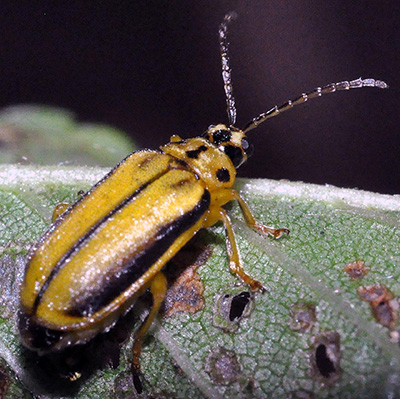The most wanted on the overwintering pests list; their pictures aren’t just in the post office.
 Many insects spend the winter as an egg or larva or pupa, but a
certain group of insects overwinter as adults. They must find a location
to sleep the winter away that stays comfortably between 40.50 degrees
Fahrenheit. If this can happen, they are alive in the spring to go back
to dancing on the leaves and flowers and to scamper around and
reproduce. That magic location for overwintering is often the wall void
of a home, which is the space between the outside and inside walls. Once
they are in, the only decision to make is on which side of the
insulation to hibernate. Smart ones choose the side between the
insulation and indoor wall. Dumb ones end up as a pile of formerly
living things on the sill plate.
Many insects spend the winter as an egg or larva or pupa, but a
certain group of insects overwinter as adults. They must find a location
to sleep the winter away that stays comfortably between 40.50 degrees
Fahrenheit. If this can happen, they are alive in the spring to go back
to dancing on the leaves and flowers and to scamper around and
reproduce. That magic location for overwintering is often the wall void
of a home, which is the space between the outside and inside walls. Once
they are in, the only decision to make is on which side of the
insulation to hibernate. Smart ones choose the side between the
insulation and indoor wall. Dumb ones end up as a pile of formerly
living things on the sill plate.When any of these insects are indoors, they do not eat or cause damage. The damage occurs when the human that finds them crushes, smashes or creams them into the upholstery or lamp shades. These are stains that do not come out in most cases. The moral of this story is to pay attention to what the insect is sitting on before eliminating it with extreme prejudice.
Here are half a dozen possibilities of who may be knocking on your door or wandering aimlessly on your rug. The insects listed below are in order by how common they are based on several decades of phone calls from distressed people to Michigan State University Extension experts.
Meet ‘em
Boxelder bug (Leptocoris trivittatus). In an area that has boxelder trees, these guys would be a very common fall find. The young boxelder bugs are smaller and red in color and cannot survive the winter.Western conifer seed bug (Leptoglossus occidentalis). They will be associated with evergreens large enough to have cones. Their shape resembles a squash bug or stink bug. People often mistake them for brown marmorated stink bug.

Western conifer seed bug. Photo by Patrick Voyle

Multi-colored Asian lady beetles. Photo by Patrick Voyle

Cluster fly. Photo by Whitney Cranshaw, Colorado State University, Bugwood.org

Brown marmorated stink bug. Photo by Susan Ellis, Bugwoord.org

Elm leaf beetle. Photo by William M. Ciesla, Forest Health Management International, Bugwood.org

